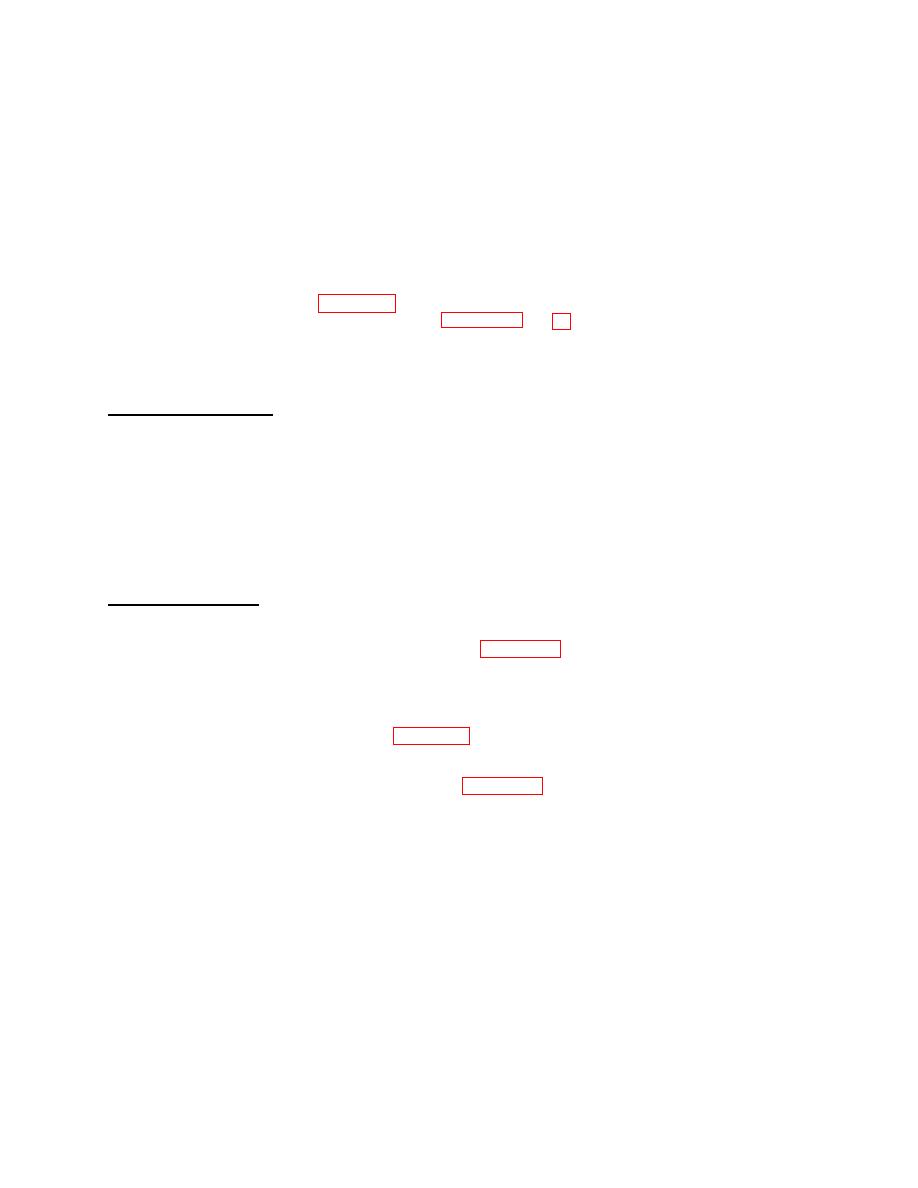
TM 9-4120-404-14
Section I. DESCRIPTION AND USE OF OPERATOR'S
CONTROLS AND INDICATORS
2-1. GENERAL. The air conditioner is designed for a variety of installations and for operation under a wide range of
climatic conditions. It is also designed for continuous or intermittent operation as a self-contained unit. Operators must
be aware of any peculiarities or operational limitations for their specific installation. See the appropriate shelter or system
manual for instructions peculiar to your specific installation.
2-2. OPERATOR'S CONTROLS. See Figure 2-1 for a general description of the controls that an operator will normally
be concerned with. For specific operating instructions, see Sections III and IV of this chapter.
2-3. INDICATORS . The following indicators are used on the air conditioner.
(1) Refrigerant Sight Glass. The refrigerant sight glass is a port or window through which the refrigerant condition
can be seen. Liquid refrigerant actually flows though the sight glass chamber only during cooling cycles when the air
conditioner is in operation in the COOL mode. The unit must be operated approximately 15 minutes at maximum cooling
prior to checking condition of refrigerant at sight glass. The sight glass is equipped with a center indicator that is moisture
sensitive. Dry refrigerant is indicated by green, it turns to chartreuse when the moisture content becomes undesirable,
and to yellow when the level becomes unacceptable. Excessive moisture in the refrigerant may damage or possibly
destroy the compressor. If the liquid refrigerant observed in the sight glass has an opaque, milky appearance, or frequent
bubbles appear, the volume of refrigerant may be low and the system should be charged Either moisture or low charge
indications should be reported to your supervisor.
(2) Fault Indicator Lights.
Fault indicator lights are located on the control panel assembly to indicate the following
conditions.
a. The TEMPERATURE/PRESSURE fault indicator light (Figure 2-1) comes on if the high pressure cut out, low
pressure cut out, coil frost switch, or heater cut out switch opens. The switches are associated with the units cooling and
heating operation and can be an indication of obstructed air flow across the evaporator or condenser coil or improper
refrigerant charge.
b. The OVER CURRENT fault indicator light (Figure 2-1) comes on if the motor controller is operating with an amp
draw that is too high. This can be an indication of a component failure or wiring problem.
c. The OVER/UNDER VOLTAGE Fault indicator light (Figure 2-1) comes on if the motor controller is operating
outside its voltage range. This could indicate controller failure or a problem with input power.
2-2



